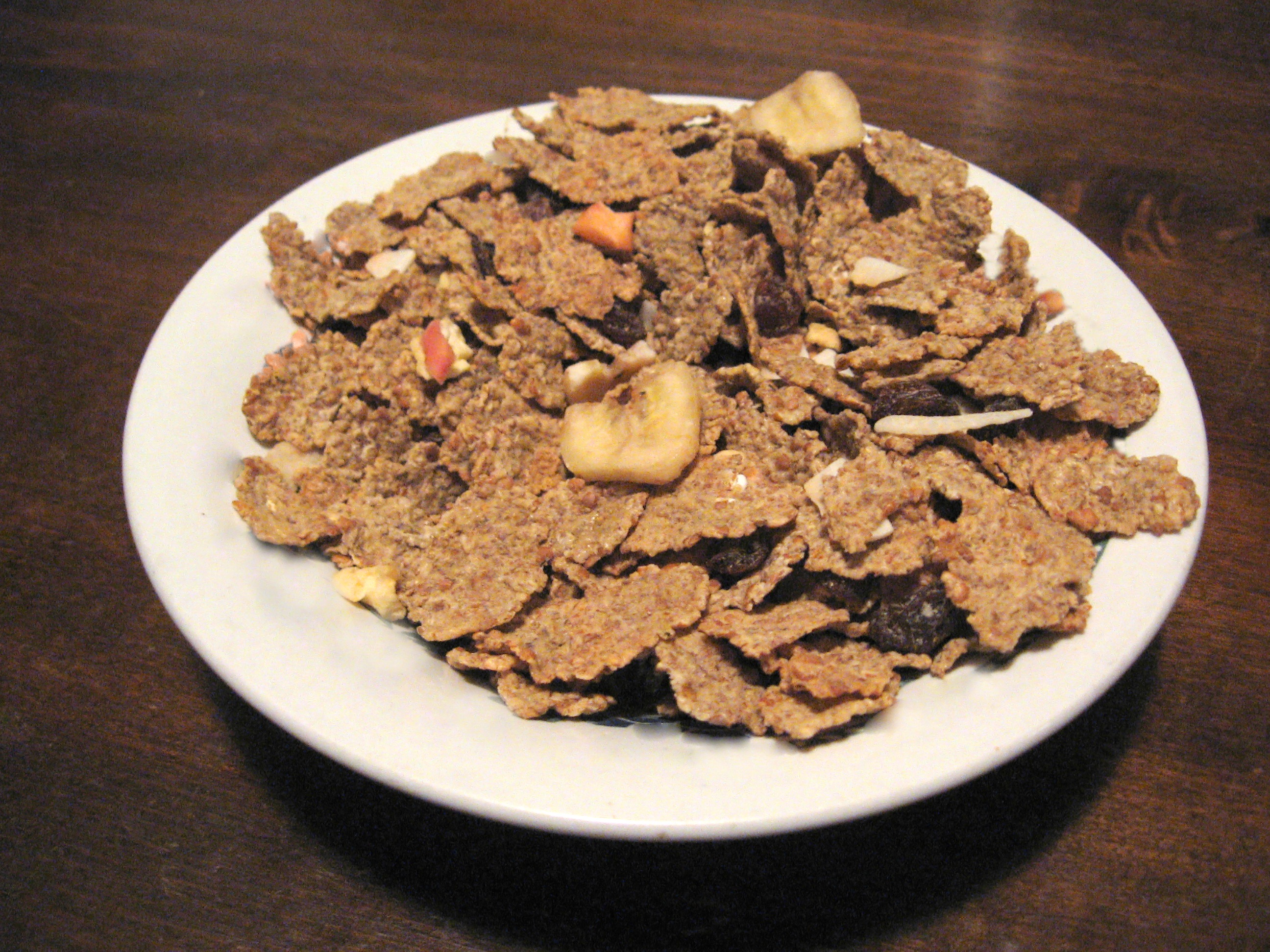Fibre is already well known for its benefits in preventing heart attacks, diabetes and some cancers but also recent research has shown that it may also help to ward off lung disease, even if you are still smoking and regardless of BMI.

“While it’s impossible to say if eating more fiber will offset the effect of smoking on your lungs, it does improve lung function, both in smokers and in non-smokers as well,” explains nutrition expert Corrine Hanson.
As the nation ages, the number of people with COPD is projected to grow, creating a major national health problem for which the only preventative strategy is to give up smoking.
“Many people can’t give up smoking, which is one of the reasons why we are so excited about this study,” says Hanson, an associate professor at the University of Nebraska Medical Center.
In the study those who ate a high fibre diet had significantly improved lung function, exhaled more air and had less airway restriction compared to those that did not follow the diet.
Although, at its highest level, the effects of dietary fibre did not quite offset smoking, it still showed benefits equivalent to using an inhaler, Hanson says. He believes this may be due to its anti-inflammatory benefits, which may also explain why it helps to prevent cardiovascular disease, diabetes, and other ailments as well. Fibre has been shown to exhibit both anti-inflammatory and anti-oxidant properties, which have been implicated in both the development and progression of lung disease. Fibre also plays a key role in the formation of beneficial gut bacteria which has increasingly been found to be involved in good overall health.
Here are tips on boosting the fibre content of your diet:
- Wash but don’t peel fruits and vegetables. Eating the skin and membranes ensures that you get every bit of A baked potato with the skin has twice the fibre of a potato without the skin.
- Eat raw vegetables. Cooking them may reduce fibre content by breaking fibre down into its carbohydrate components. To avoid this effect, cook, microwave, or steam vegetables only until they are ‘al dente’ – tender, but still firm to the bite.
- Choose whole fruits, vegetables. Juice does not contain as much fibre from the skin and membranes of whole fruits and veggies, and can also contain added sugar.
- Add bran or wheat germ to casseroles, meatloaf, and cooked cereal. Each tablespoon of bran adds more than 1 gram of fibre and can barely be detected when blended with some cereal or a casserole.
- Add vegetables to casseroles, soups, salads, sandwiches, pasta, and rice dishes. For example, simply add a cup of broccoli to a pasta dish for an extra 2 grams of
Hansen also says “there are very few interventional strategies for the prevention of COPD, with the exception of smoking cessation. This is a non-invasive, very inexpensive strategy that may be good for your lungs.”
If you do decide to alter your diet and increase your fibre intake then ensure you consult your doctor and ensure you maintain your usage of medication and oxygen therapy.
References: http://www.newsmax.com and http://www.medpagetoday.com




